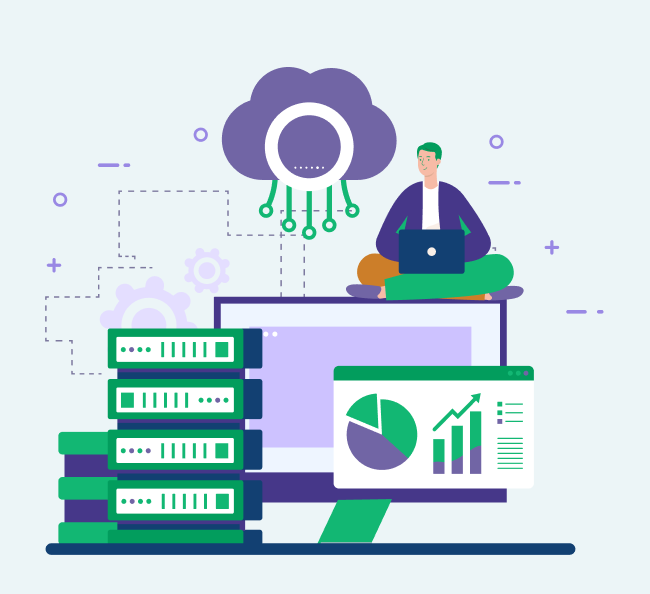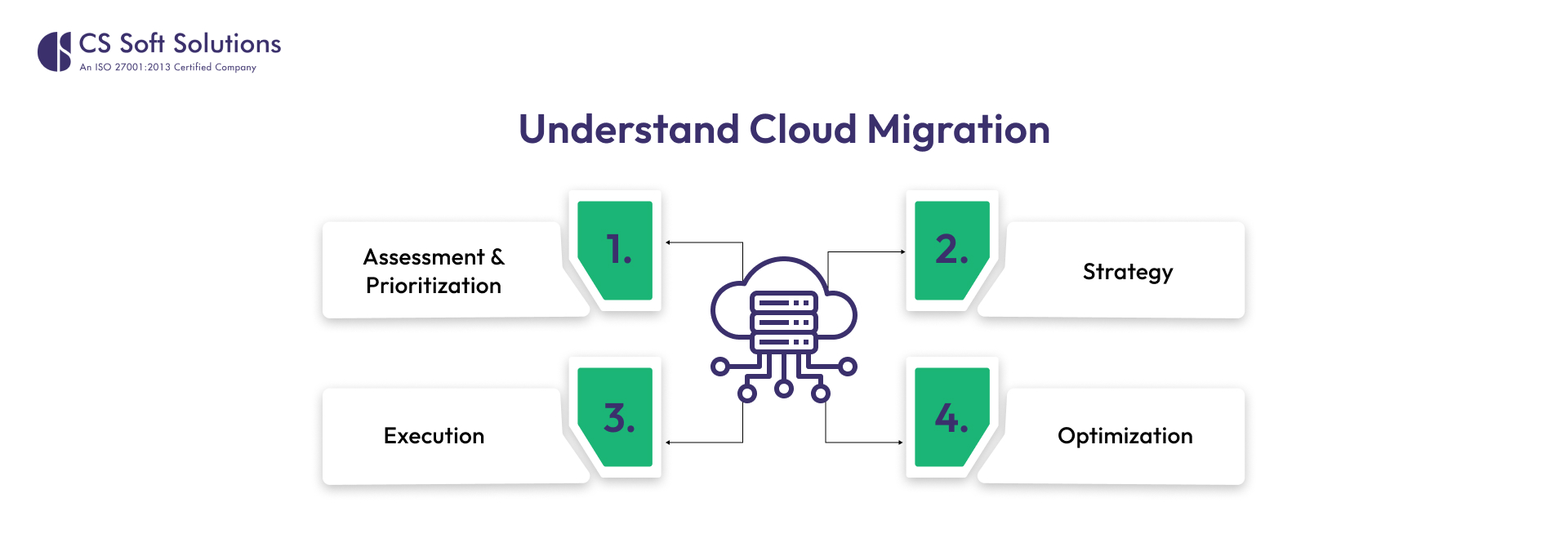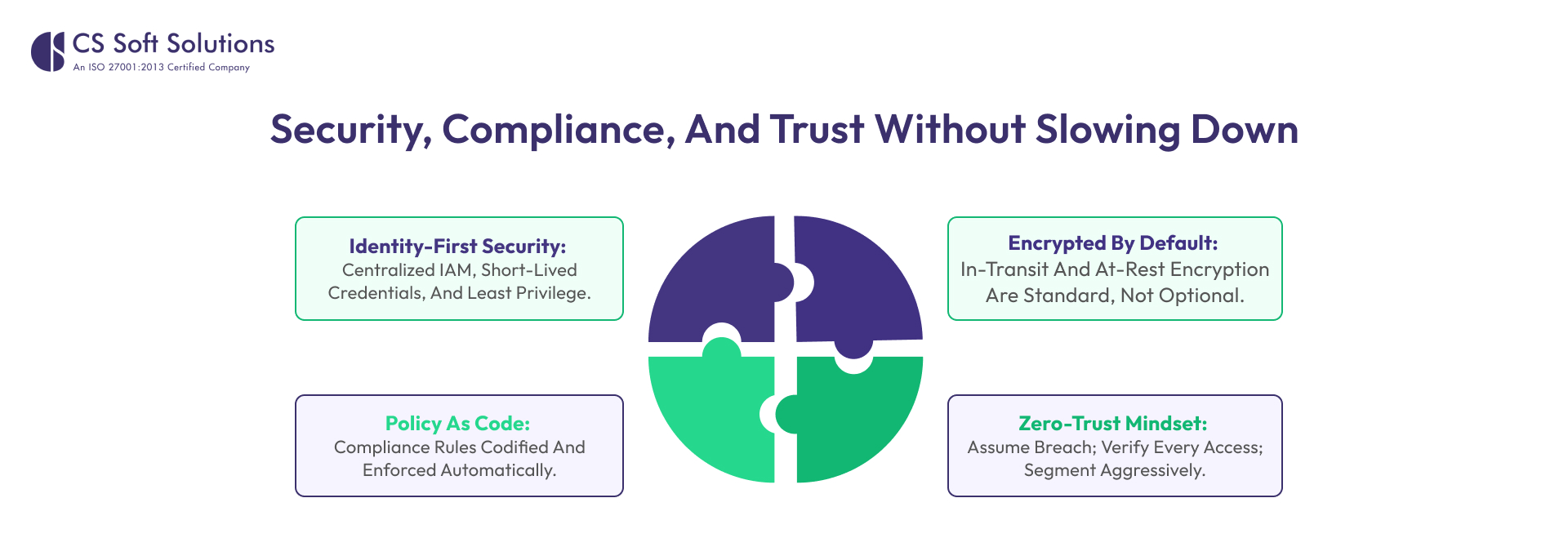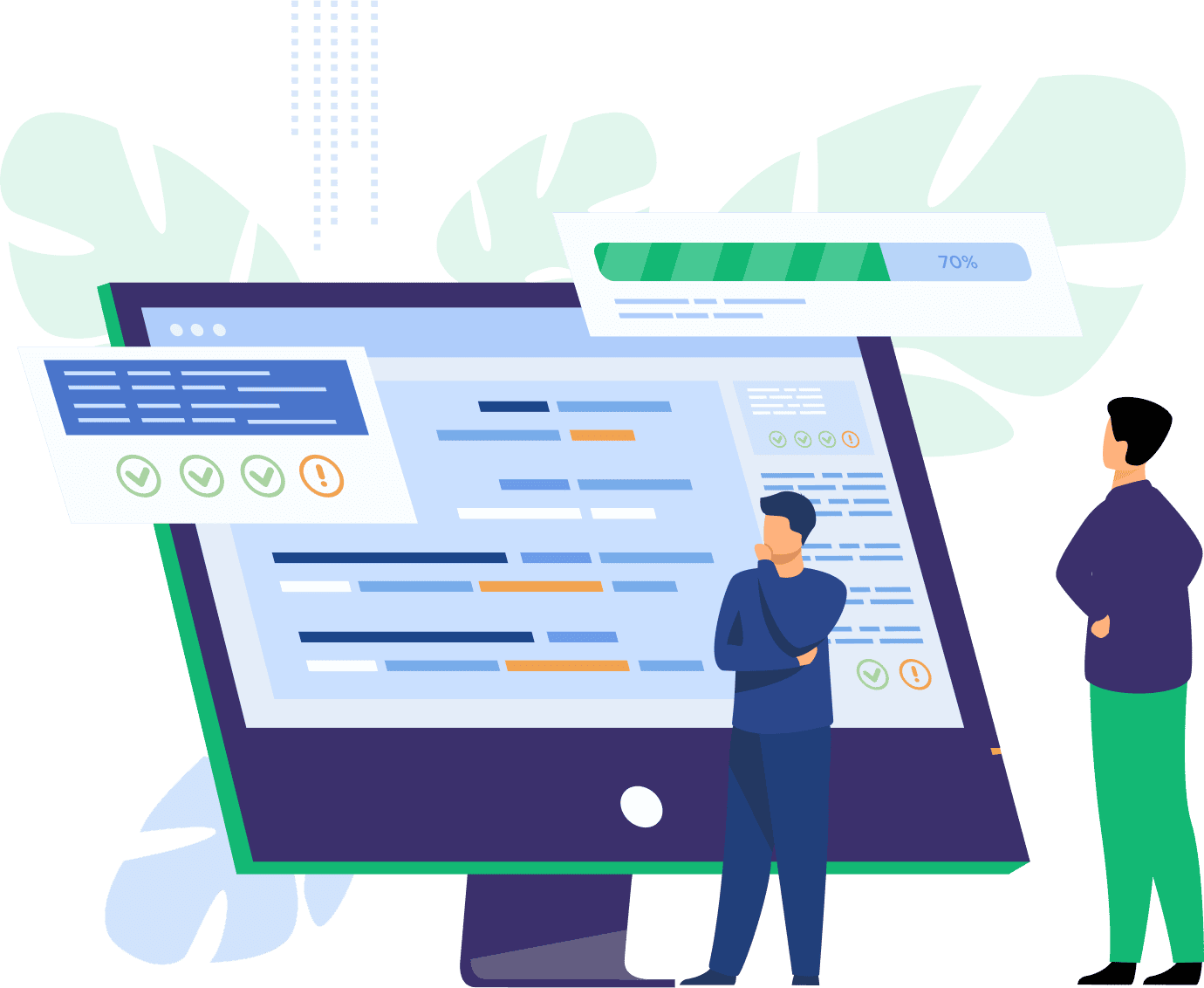What would you build if your technology didn’t slow you down?
That’s the promise on the table when teams consider moving from legacy systems to the cloud. Yet migration isn’t just a lift-and-shift exercise; it’s a growth strategy. Done right, cloud application migration services accelerate product delivery, unlock data-driven decisions, and create the elasticity modern businesses need to scale without chaos.
Below, we’ll unpack why migration matters, where the real ROI hides, and how to align the move with your Software Product Development Services and Custom Software Development Services roadmap.
The Real Reason Migration Fuels Growth
Cloud isn’t merely cheaper servers in someone else’s data center. It’s a platform for speed, adaptability, and insight. You grow faster because:
- Time-to-market shrinks. Teams ship features faster with managed services, automation, and CI/CD pipelines.
- Capacity stops being a constraint. Scale up for peak demand; scale down when traffic quiets without overbuying hardware.
- Cost becomes a lever, not a lock-in. Pay for usage, not idle capacity. Track and tune spending in near real time.
- Reliability improves across the stack. High availability, multi-zone deployments, and automated failover reduce downtime.
- Security and compliance get stronger. Identity, encryption, logging, and policy management are integrated, not bolted on.
When these gains connect to your product strategy, new features, cleaner architecture, and data-driven personalization migration become a multiplier.
Understand Cloud Migration
Migrating apps to the cloud is not something to cross off the list, but attempting to remodel your kitchen while you continue having dinner night after night. You must juggle between speed, safety, and ensuring whatever you construct continues to pay off in the long run.
This is what the process usually looks like:
1. Assessment & Prioritization
Enumerate your applications, databases, and their communication with one another.
Align each of them to business value and effort. There are things that are not worth the hassle.
2. Strategy: The “6 Rs”
- Rehost: Lift-and-shift. Fast and easy, but it is simply the transfer of things as-is.
- Replatform: Adjust somewhat to allow you to take advantage of cloud benefits, such as maintaining databases or containers.
- Refactor or Re-architect: Think micro services or event-driven architecture, redesign everything.
- Retire: What you do not need anymore, shut down.
- Retain: There is certain retained stuff. Not everything has to move.
3. Execution
- Construct your new infrastructure using Infrastructure as Code, containers, and automation pipelines.
- Migrate your data, plan intelligently your cutover, configure sync windows, and always know where you can rollback.
- Before turning the switch, make sure you have logging, metrics, and traces. You desire to know what is happening day by day.
4. Optimization
- Right-size compute, enable autoscaling, implement FinOps.
- Hardening: identity, policies, encryption, secrets management.
How Migration and Product Development Interlock
Migration is most effective when it backs up your product roadmap- not only your infrastructure. The following are the steps to match Software Product Development Services with the move:
- Feature velocity: Use managed services (e.g., serverless functions, managed queues) to ensure developers work on product code.
- Consistent delivery: Cloud CI/CD transforms releases into an event, not a phenomenon. Blue/green deployments minimize the risks per launch.
- Better experiments: Run A/B tests in minimal time. Roll back safely. Test on actual user behavior.
- Observability as a product insight: Unified logging and tracing uncovers the bottlenecks, crash hotspots, and usage patterns that can be built upon.
And in the case of Custom Software Development Services, migration presents new possibilities:
- Domain-specific architectures: Event-driven logistics, stream processing fintech, ML pipelines, healthcare analytics.
- APIs and composability: Raze monoliths into services with defined contracts; compose at a faster pace with partners or marketplaces.
- Data gravity in the cloud: Store data in the cloud, and run analytics and AI without the ETL spaghetti you know.
Common Pitfalls (and How to Dodge Them)
Pitfall #1: Lift-and-shift everything
Fix: Refactoring on areas with ROI (high-change, data-intensive apps). Rehost, but what forms little change.
Pitfall #2: Cloud without governance
Remedy: Implement role-based access and tagging, budgets, and encryption standards guardrails. Automate them.
Pitfall #3: Ignoring data strategy
Bug: Design domain (data) purposefully (row, column, object), and budget lineage, quality, and retention.
Pitfall #4: Overcomplicating architecture
Fix: Start minimally viable. Microservices are appropriate in cases where the teams and the requirements warrant them. Complexity must not be without merit.
Pitfall #5: Weak observability
Fix: There is no compromise on logs, metrics, traces, and alerts. Connect them prior to migration cutover, and not following a cutover.
Security, Compliance, and Trust Without Slowing Down
Migration will tend to raise eyebrows about risk. The contemporary cloud reverses that story with:
- Identity-first security: Centralized IAM, short-lived, and least privilege.
- Encrypted by default: there is no option; encryption is the default.
- Policy as code: Rules of compliance that are computerized and automatic.
- Zero-trust thinking: Checks Demand every access; check access; segment violently.
When they are all integrated on the platform level, teams are launched fast and securely.
Measuring the ROI of Migration
What you can not measure, you can not improve. Track:
- Change lead time: Idea to deployment time.
- Frequency of deployments: Weekly/ Monthly releases.
- Change failure rate: Percentage of deployments that result in incidents.
- MTTR (Mean Time To Recovery): Bouncing back speed.
P95 latency, throughput, and unit economics (cost per transaction/user/feature).
Should these numbers be headed in the right direction, the migration not only favours growth, but also modernization theatre.
Where Cloud Application Migration Services Meet Strategy
In order to make migration translate into business, bridge the gaps:
Cloud Application Migration Services as a Growth Engine
- Establish migration backlog congruency with product milestones.
- Select the appropriate “R”, not the one-size-fits-all.
- Product platform engineering: product experience, golden paths, reusable templates.
Partnering with Software Product Development Services
- Agree on SLAs/SLOs of user-facing features.
- De-risk launches with feature flags and progressive delivery.
- Establish feedback: telemetry to insights to backlog.
Custom Software Development Services for Differentiation
- Create domain-specific models, APIs, and pipelines that distinguish you.
- Utilize cloud-native (CQRS, event sourcing) patterns where they contribute physical value.
- Be responsible in integrating AI: begin with explainable models and audit trails.
A Practical Migration Checklist (Quick Hit)
- Map business goals → tie each migration step to outcomes.
- Inventory & classify apps, data, and dependencies.
- Decide the “R” for each workload; document why.
- Design IaC & pipelines before touching production.
- Plan data cutover with rollback paths and dry runs.
- Stand up observability early; rehearse incident response.
- Enable FinOps tagging, budgets, forecasts, and rightsizing.
- Measure ROI with DORA metrics and unit economics.
Conclusion: Migration Isn’t an IT Project, It’s a Growth Strategy
Cloud application migration services unlock the agility modern businesses need. When you tie migration directly to your roadmap via Software Product Development Services and Custom Software Development Services, provider partners like CS Soft Solutions India Pvt. Ltd, you gain speed, resilience, and a platform for smarter decisions. The goal isn’t “in the cloud.” The goal is building and iterating faster than competitors, with fewer surprises and better economics.















